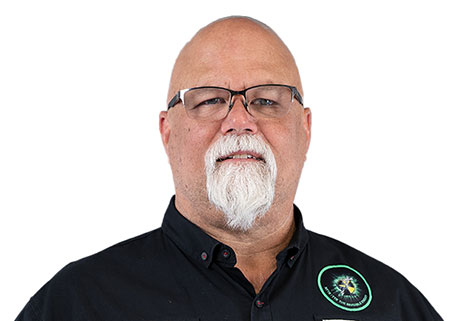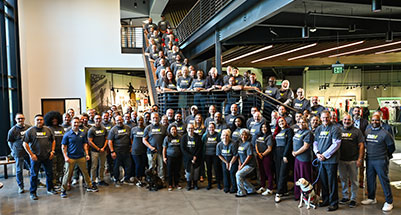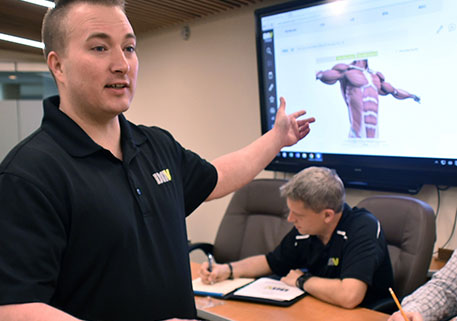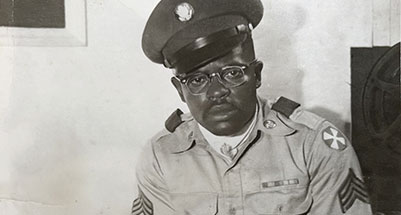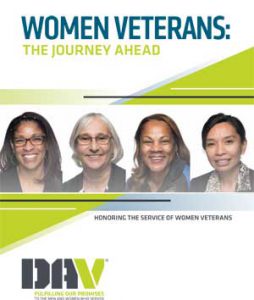 DAV’s Women Veterans Report Calls for Cultural and Policy Changes to Remove Barriers and Provide Women Equitable Access to VA Healthcare, Benefits and Transition Services
DAV’s Women Veterans Report Calls for Cultural and Policy Changes to Remove Barriers and Provide Women Equitable Access to VA Healthcare, Benefits and Transition Services
WASHINGTON, D.C. (September 12, 2018) — Women are the fastest-growing subpopulation of the military and veteran communities, representing more than 15 percent of active-duty military and 10 percent of veterans. Yet according to a landmark report released today by DAV (Disabled American Veterans), despite recent progress, some women veterans continue to face significant barriers accessing health care and other earned benefits, and do not receive proper recognition for their service to the nation.
DAVs’ new report, Women Veterans: The Journey Ahead, spotlights how the expanding role of women in our armed forces is necessitating changes to an array of policies and programs in the Department of Veterans Affairs (VA) and other federal agencies. The report includes 45 key recommendations covering a broad range of issues affecting women veterans throughout their lifetime, including primary and gender-specific healthcare, mental health and readjustment services, and disability and employment benefits.
“With major reforms underway to modernize VA’s health care and benefits processing systems, it is imperative that Congress and VA focus on fully addressing the unique needs of the more than half-million women veterans using VA services,” said Joy J. Ilem, DAV’s national legislative director. “Although progress has been made in recent years, there remain longstanding, systemic barriers preventing many women from accessing the healthcare and benefits they have earned through their military service.”
The DAV report found women veterans have a unique set of circumstances and needs compared to their male counterparts. For example, women veterans tend to be younger; more racially and ethnically diverse; more likely to be divorced; have child care responsibilities; less likely to be married; and five times more likely to be in a dual-service-member marriage than men. As a result, women veterans are less likely to have a family support system and often shoulder greater economic stress than their male counterparts.
Highlights and recommendations from the report include:
Comprehensive Primary Care: Clinical studies show VA can achieve better health outcomes for women veterans than the private sector, largely due to extensive medical research conducted over the past decade. Women using VA are likely to have complex health care needs and benefit greatly from its holistic and integrated approach to care, benefits and services.
- Recommendation: Women’s primary care and gender-sensitive mental health care must be maintained as essential, foundational services within every VA medical facility.
Mental Health and Suicide Prevention: Women veterans use VA mental health services more intensively then men for a variety of conditions including depression, anxiety and post-traumatic stress disorder. Suicide rates are 2.5 times higher than women in the general population, and that rate has accelerated twice as fast as male veterans (62% vs. 30%) since 2001.
- Recommendation: VA must aggressively promote routine screening for mental health conditions identify gender differences in suicide risk, and improve access for women veterans to evidence-based treatments.
Military Sexual Trauma (MST): One in four women veterans reported they suffered sexual trauma while serving in the military, putting them at increased risk for depression, substance abuse and PTSD. A recent VA Inspector General Report found that VA continues to make administrative errors processing claims for disability compensation due to MST-related PTSD, incorrectly denying these claims.
- Recommendation: All service branches should aim to prosecute 100 percent of non-restricted claims of sexual assault, and VA must ensure that all claims for compensation due to PTSD resulting from MST are properly reviewed, adjudicated and awarded.
Homelessness: Compared to men, women veterans are more likely to be divorced, unmarried, have principal custody of minor children and have lower median incomes—all critical risk factors for homelessness.
- Recommendation: Congress must close gaps in existing homeless programs to address unique challenges for women veterans, such as providing short term vouchers for child care expenses and coordinating with community agencies that provide shelter for women veterans and their children.
Prosthetics: Women veterans frequently have difficulty obtaining prosthetics designed for their unique anatomy, are more likely to experience certain reactions or rejections of devices, and have additional challenges to the proper fit and function of their prosthetics due to monthly body changes and pregnancies.
- Recommendation: VA must ensure the prosthetics it makes or procures are customizable to meet women veterans’ unique anatomical needs, and should explore advances in 3D printing technology to provide a better fit, function and appearance for women veterans.
Maternity Care: The VA does not provide maternity care for women veterans at VA medical centers, but instead purchases care in the community for women veterans who need it. Women veterans frequently have diagnoses that complicate pregnancy and require close monitoring.
- Recommendation: VA must ensure that community care providers meet quality and timeliness standards established by VA for women’s health care, including maternity care. VA care coordination is critical to properly support and manage women veterans when receiving care in the community, particularly for specialized services and maternity care.
DAV’s Women Veterans: The Journey Ahead builds upon an earlier groundbreaking women veterans’ report released by DAV in 2014, which made 27 key recommendations to improve federal programs and services for women veterans, 22 of which have been implemented, in whole or in part since then.
“The sacrifices women veterans have made for this country are equal to that of male veterans, and we owe them equal respect, benefits and healthcare services,” said Garry J. Augustine DAV’s Washington headquarters executive director. “New VA Secretary Robert Wilkie, who earned bipartisan praise at DoD for his efforts on sexual assault and harassment prevention, has a real opportunity to make systemic changes in VA so that women veterans can receive the lifetime of support and care they’ve earned.”
Visit www.DAVWomenVeterans.org to read the entire report and recommendations.
About DAV
DAV empowers veterans to lead high-quality lives with respect and dignity. It is dedicated to a single purpose: fulfilling our promises to the men and women who served. DAV does this by ensuring that veterans and their families can access the full range of benefits available to them; fighting for the interests of America’s injured heroes on Capitol Hill; providing employment resources to veterans and their families and educating the public about the great sacrifices and needs of veterans transitioning back to civilian life. DAV, a non-profit organization with more than 1 million members, was founded in 1920 and chartered by the U.S. Congress in 1932.


